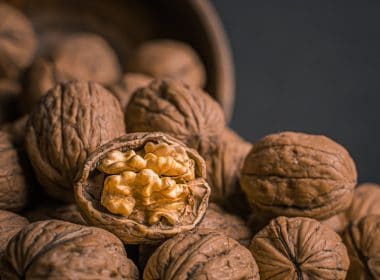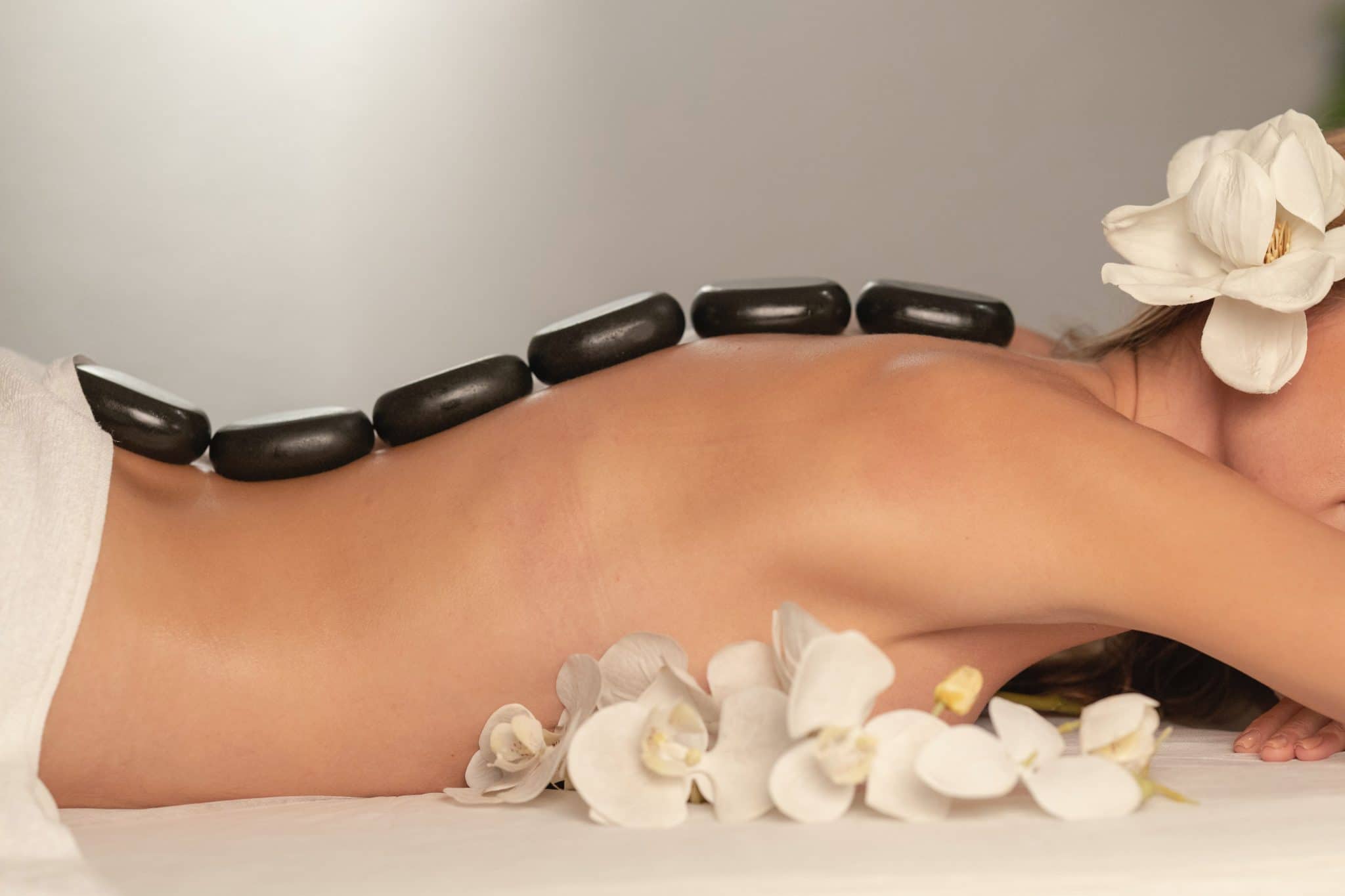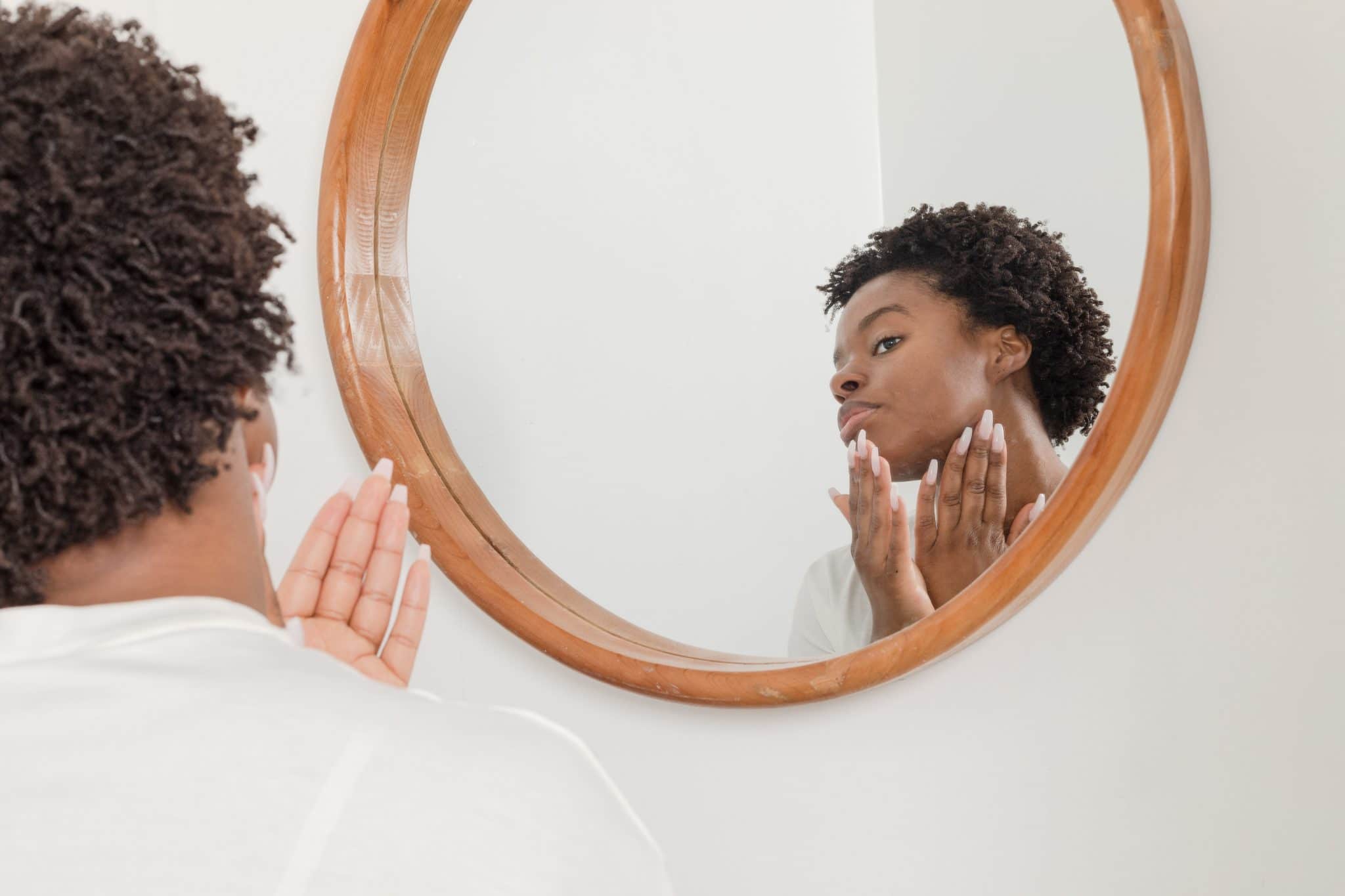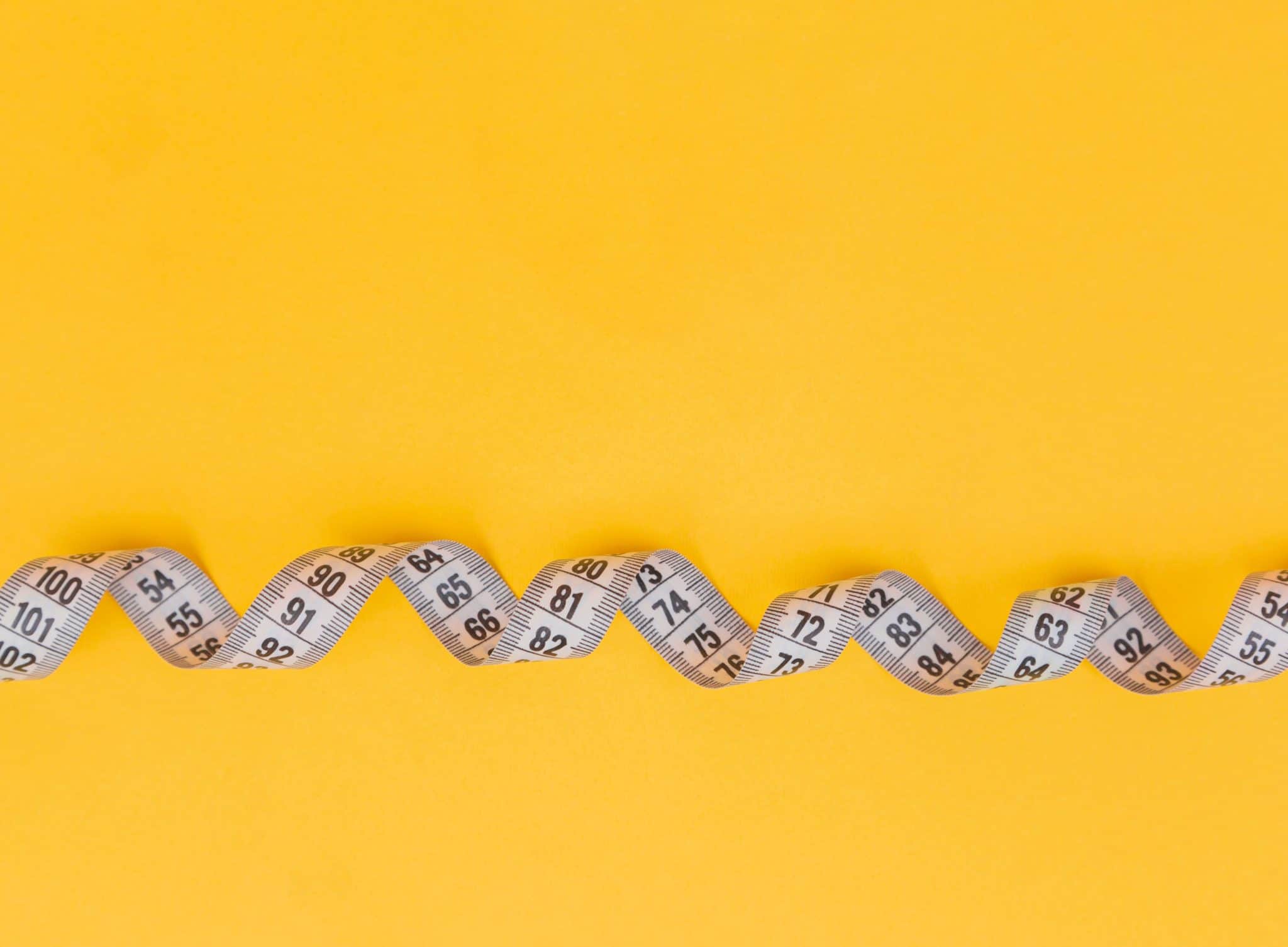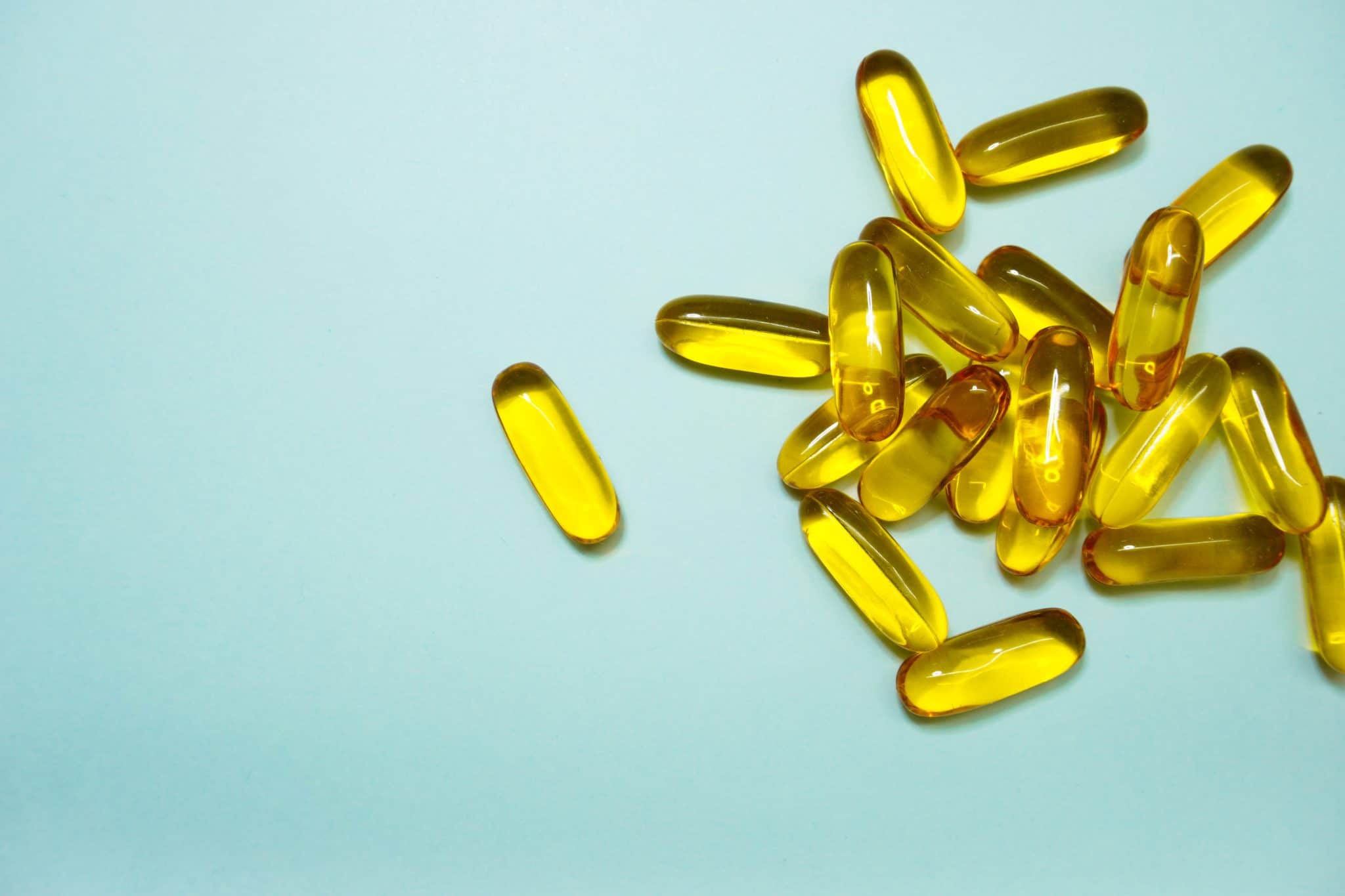Are you experiencing joint pain? Is it getting worse as the years go by? If so, then you might be one of the millions of women who are entering menopause. Joint pain is common in people who are going through the change due to hormonal changes and increased inflammation during this period. The good news is that there are treatments for joint pain! You can try taking painkillers or buying a cream with natural anti-inflammatory properties. Here’s more about how to deal with menopause and joint pain!
What is menopause?
Menopause is when a woman’s period stops. This typically happens between the ages of 40-60 years old and lasts for about 15 years. There are many symptoms that come with this change in life including hot flashes, mood swings, insomnia, and joint pain which can be debilitating in some cases.
There are many menopause symptoms but menopausal joint pain is one of the main symptoms.
What is menopausal joint pain?
Joint pain is the result of decreased estrogen levels. This causes a weakening in collagen which leads to joint laxity and vulnerability. Joints are also more susceptible at this stage because they aren’t getting enough support from their surrounding tissues such as muscles, ligaments, tendons, etc.
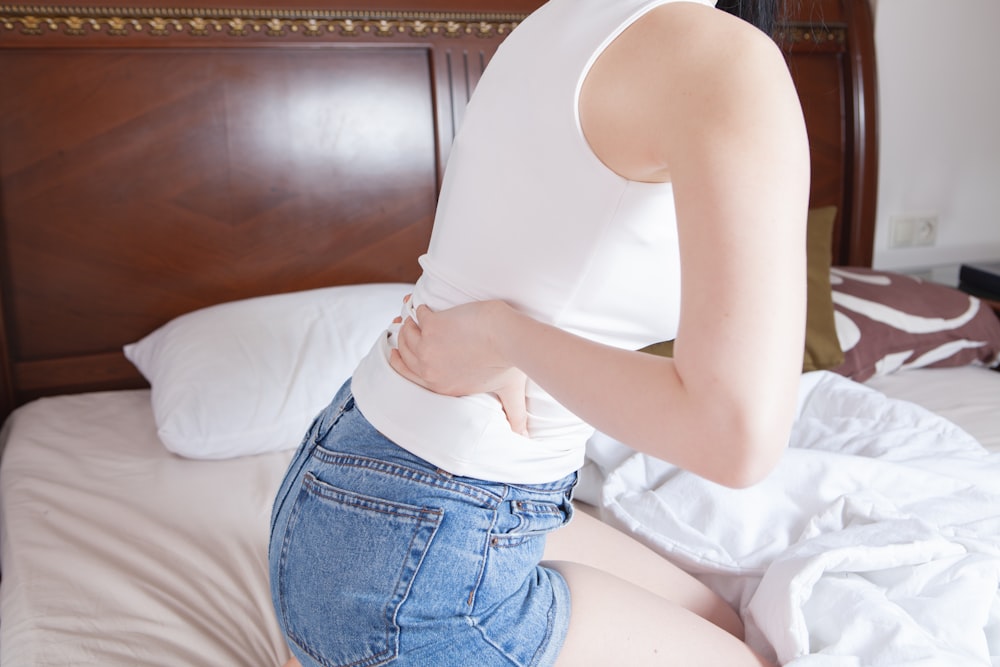
What can be done about menopause and joint pain?
The good news is that there are treatments for joint pain! You can try taking ibuprofen or applying a cream with natural anti-inflammatory properties. For example, if your joints hurt due to arthritis you could find creams with capsaicin which works by depleting the nerves of certain neurotransmitters like substance P (a pain inducer) which decreases the amount of inflammation and discomfort. It’s also helpful to eat foods with anti-inflammatory properties such as turmeric, ginger, omega fatty acids (salmon), etc.
It is important not to ignore menopause-related joint pain because it can lead to osteoarthritis if left untreated over a prolonged period of time. If you are experiencing menopausal joint pain then go to a doctor and find out what treatment options best suit your needs!

How can you manage joint pain during and after menopause?
There are many treatment options for joint pain and it is important to find the best fit for you. There are natural remedies such as creams with capsaicin which works by depleting nerves of certain neurotransmitters like substance P (a pain inducer) that decreases inflammation and discomfort. You can also take ibuprofen or apply a cream with natural anti-inflammatory properties. There are also doctor-recommended treatments such as prescription medications and joint replacement surgery that can help, depending on the severity of your condition.
Don’t ignore menopause-related joint pain because it can lead to osteoarthritis if left untreated over a prolonged period! Go to a doctor who can recommend treatment options best suited to your needs.
What can worsen joint pain?
Joint pain can be worsened by depending on certain medications, poor diet choices (too much sugar), and not exercising regularly. It is important to get enough sleep which will help with the healing process because menopause has an effect on your circadian rhythm (sleep-wake cycle). You should also limit stress as this releases cortisol which breaks down collagen and cartilage.
Tips for managing joint pain during and after menopause
There are many treatment options for joint pain and it is important to find the best fit for you. You can try taking ibuprofen or applying a cream with natural anti-inflammatory properties. For example, if your joints hurt due to arthritis you could find creams with capsaicin which works by depleting the nerves of certain neurotransmitters like substance P (a pain inducer) which decreases the amount of inflammation and discomfort. It’s also helpful to eat foods with anti-inflammatory properties such as turmeric, ginger, omega fatty acids (salmon), etc.
Don’t ignore menopause-related joint pain because it can lead to osteoarthritis if left untreated over a long period! Go to a doctor who can recommend treatment options best suited to your needs.
Signs of osteoarthritis
Signs of osteoarthritis include experiencing pain, tenderness and stiffness in the joints. This can be indicated by a popping or cracking sound when moving certain areas such as fingers and knees due to excess fluid buildup which exerts pressure on the cartilage and bones.
These are several signs of osteoarthritis that you may experience if you are suffering from this condition. If you experience pain, tenderness and stiffness in the joints, popping or cracking sounds when moving certain areas such as fingers or knees due to excess fluid buildup which exerts pressure on the cartilage and bones then there is a chance that you could be dealing with osteoarthritis.
Don’t ignore menopause-related joint pain because it can lead to osteoarthritis if left untreated over a long period of time! Go to a doctor who can recommend treatment options best suited to your needs.
Causes of osteoarthritis
There are many causes of osteoarthritis including injury, trauma or infection to the joint. It can also be caused by wear and tear over time that damages the cartilage in your joints resulting in pain that worsens with age due to the natural ageing process.
Osteoarthritis is a common condition that affects most people as they age. There are many causes of osteoarthritis including injury, trauma or infection to the joint and wear and tear over time which damages your cartilage resulting in pain that worsens with age due to the natural ageing process.
Don’t ignore menopause-related joint pain because it can lead to osteoarthritis if left untreated over a long period of time! Go to a doctor who can recommend treatment options best suited to your needs.
Sleep and osteoarthritis
Getting a good night’s sleep is important for overall health and wellbeing. Although it may be difficult, you should try to get around eight hours of sleep each night which will help your body recover from the day. If your mental or physical condition does not allow this, then aim at least for six hours per night.
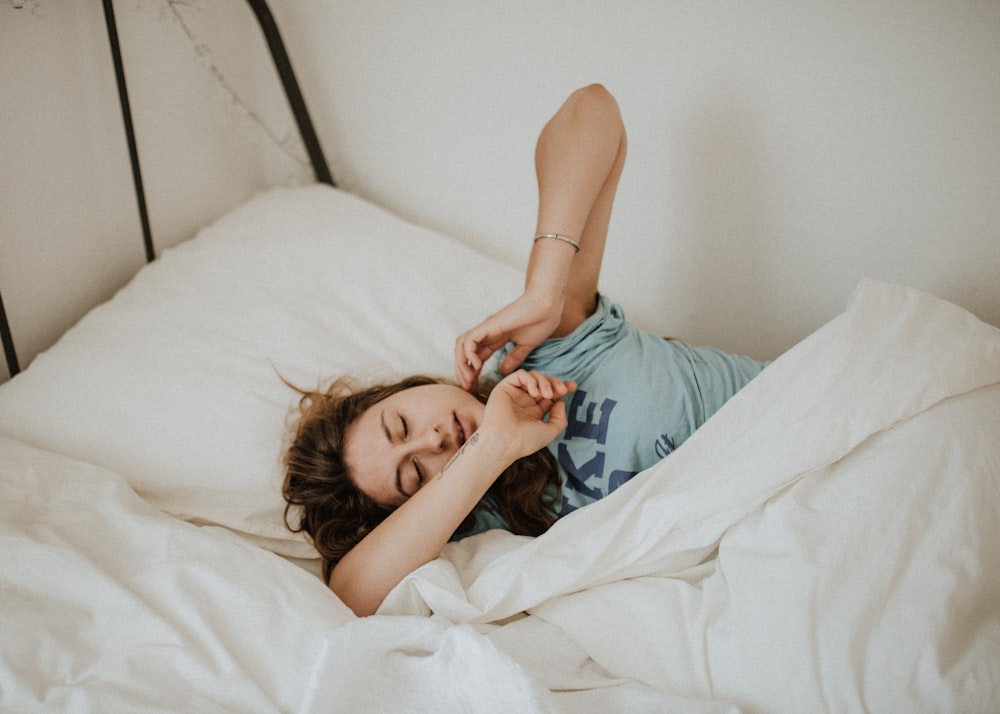
Stress
Stress can lead to a variety of health issues including the onset or worsening of menopause-related joint pain. This is because high-stress levels release cortisol which breaks down collagen and cartilage in your joints resulting in more inflammation and discomfort. It’s important to limit stress as much as possible throughout your menopausal transition.
Weight gain
Weight gain is a common side effect of menopause that can lead to osteoarthritis. This is because excess weight puts more stress on your joints which causes damage over time eventually leading to the onset or worsening of joint pain and discomfort during this transition.
Exercise
Exercise is a great way to relieve joint pain. This will help your body stay strong and healthy while also reducing stress which can be beneficial for many different health issues including increases in joint pain related to menopause or other medical conditions such as arthritis.

Drink water
It is very important to drink water throughout the day to keep hydrated. Staying hydrated will help your joints stay strong and healthy as well as relieve some of the discomforts you may be experiencing related to menopause or arthritis!
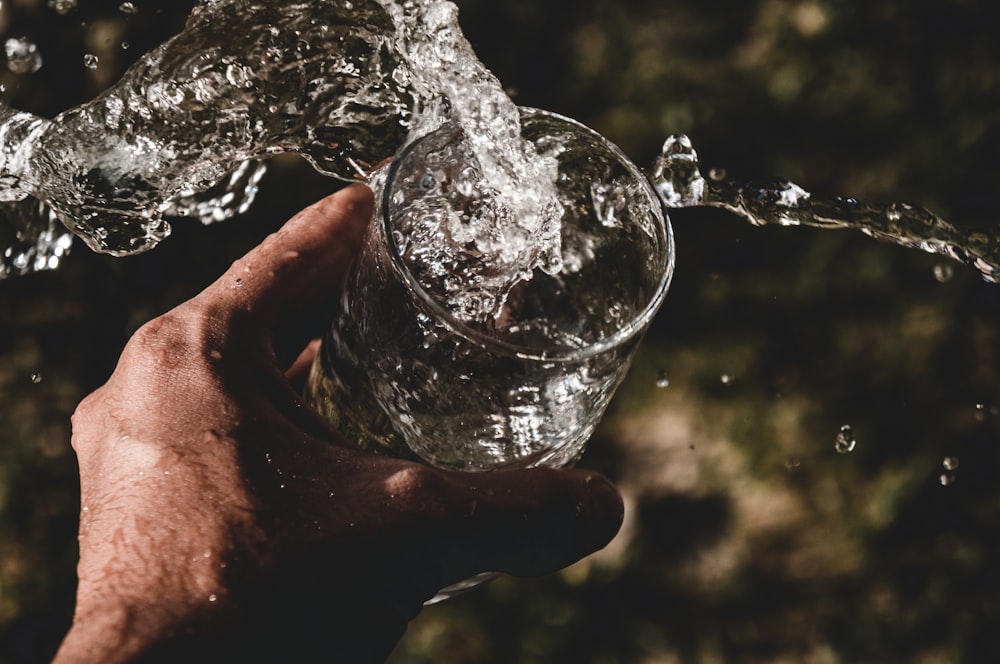
Yoga
Yoga is a fantastic way to improve your joint health. By practicing yoga your joint stiffness will decrease a lot and it will relieve pain quickly from your body.
If you experience pain, tenderness, and stiffness in the joints, popping or cracking sounds when moving certain areas such as fingers or knees due to excess fluid buildup which exerts pressure on the cartilage and bones then there is a chance that you could be dealing with osteoarthritis.
There are many yoga poses that you can start practicing to help with back pain and all other body aches.
We have a blog all about different yoga poses you can try at home!

Final thoughts
Whether you’re a man or woman, it’s important to take care of your joints and keep them healthy. Menopause-related joint pain can lead to osteoarthritis if left untreated over time because the body breaks down the cartilage in response to high-stress levels which include cortisol. It is very important for menopausal women who are experiencing chronic pain during this transition period to go see their doctor about treatment options that will work best for them personally. If they do not have access to a doctor with these qualifications, then make sure they at least drink water throughout the day as well as exercise on a regular basis. Yoga poses are also beneficial for relieving backaches which may be caused by excess weight gain or other medical conditions such as arthritis.



